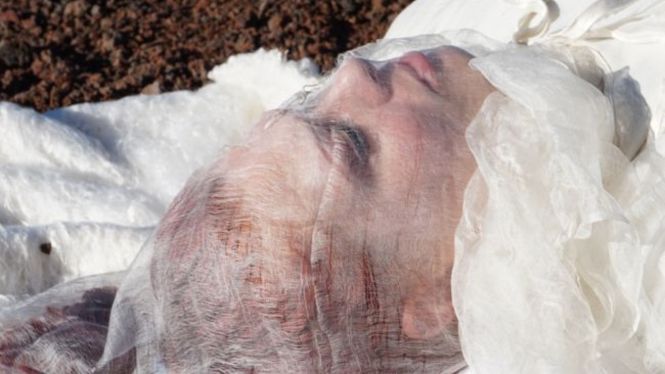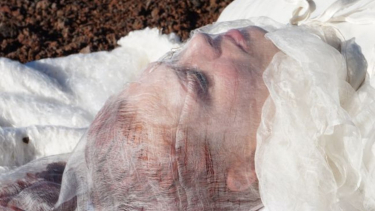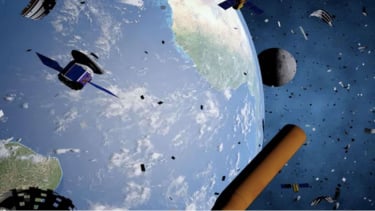- Space.com
Jakarta - Sending humans into space, a venture spearheaded by the United States' National Aeronautics and Space Administration (NASA), entails formidable challenges and inherent risks.
As space travel becomes more commonplace, the likelihood of fatalities during missions also increases.
This raises a somber yet necessary question: What happens to a deceased individual in space?
In low Earth orbit missions, such as those to the International Space Station (ISS), astronauts have the capability to return the deceased to Earth within hours through a capsule.
Similarly, if a fatality were to happen on the Moon, the crew could feasibly return with the body within a few days, thanks to established protocols by NASA.
Ilustrasi sampah luar angkasa yang mengorbit Bumi.
- NASA
However, the scenario shifts drastically for missions to distant destinations like Mars. In such cases, the crew might not have the means to return immediately, and the deceased individual's body could potentially accompany them back to Earth at the end of the mission, several years later.
In either circumstance, whether in a pressurized environment like the ISS or in the vast expanse en route to Mars, preserving the body becomes a logistical challenge.
Specialized body bags and containment measures are being developed by NASA to extend the preservation window, crucial for longer journeys beyond Earth's immediate vicinity.
Moreover, innovative solutions such as a silk shroud, crafted by bioengineers and fashion designers, aim to provide a dignified and sustainable means of handling human remains in space.
This silk shroud, designed to be worn by the deceased, not only offers comfort and lightweight properties but also facilitates decomposition without adding to space debris.
Comprising four layers, including an inner garment, decorative silk fabric, a thin covering for the face, and a larger, thicker garment resembling a shroud, this concept ensures both practicality and reverence for the deceased in the harsh environment of outer space.
In essence, as humanity ventures further into the cosmos, addressing the complexities of death in space necessitates both technological innovation and a profound respect for the human experience, even in the face of the unknown.



























